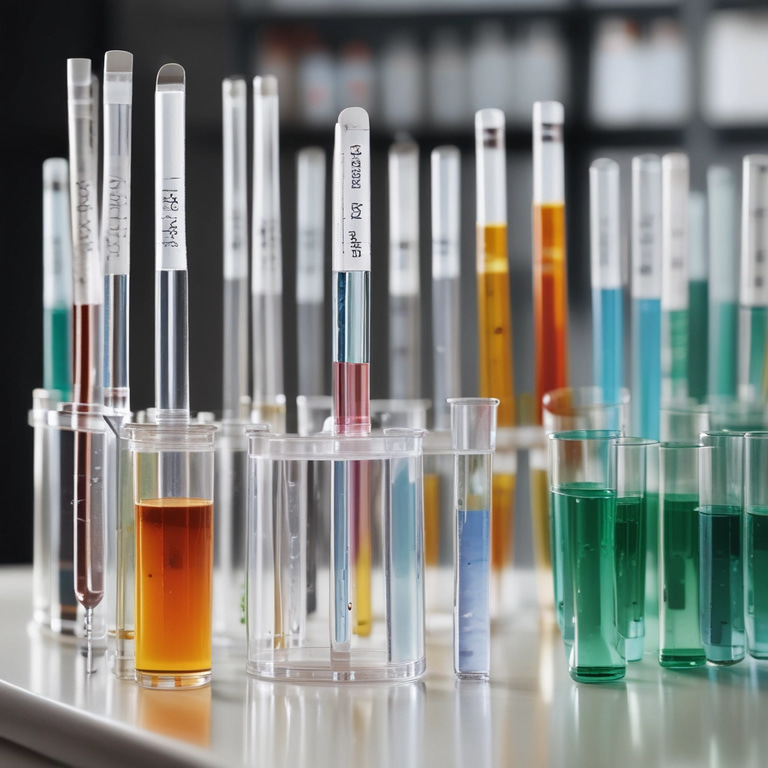The High Cost of Gout:
More Than Just Pain
Gout is one of the most expensive forms of arthritis to manage. The costs come from two places: Direct Medical Costs (what you pay for care) and Indirect Costs (what you lose in productivity and quality of life).
1. Direct Medical Costs
(The Bills)
A. During an Acute Flare (The "Crisis" Cost):
Emergency Room Visit: This is the most expensive option.
Average Cost: $1,000 - $3,000+ (This includes the facility fee, doctor's fee, basic labs, and a shot of anti-inflammatory medication).
Urgent Care Visit: A slightly cheaper alternative.
Average Cost: $150 - $500
Primary Care Doctor Visit: For a quick appointment to get a prescription.
Average Cost: $50 - $250 (with copay or without insurance).
B. Ongoing Management & Specialist Care (The "Maintenance" Cost):
Rheumatologist Visit:
Initial Consult: $200 - $500
Follow-up Visits: $100 - $300 (typically needed 2-4 times per year).
Prescription Medications:
Acute Flare Meds: Colchicine ($50 - $200 per course), NSAIDs ($10 - $50).
Uric Acid Lowering Therapy: Allopurinol (generic is cheap, ~$10/month), Febuxostat (Uloric) can be $300+/month.
Lab Tests:
Basic Serum Uric Acid Test: $20 - $100
Comprehensive Metabolic Panel (CMP): $50 - $200
Patients may need these labs 2-4 times per year.
C. Long-Term Damage (The "Complication" Cost):
Advanced Joint Damage (Tophi): If untreated, gout can cause permanent joint damage requiring:
Surgery to Remove Tophi: $5,000 - $15,000+
Joint Replacement Surgery: $30,000 - $60,000+
2. Indirect Costs (The Hidden Financial Bleed)
These are often MUCH higher than the direct medical costs.
Lost Wages (Absenteeism):
A severe gout flare can incapacitate a person for 3 to 7 days.
If the average person makes $50,000/year ($24/hour), missing 5 days of work costs ~$960 in pre-tax income per flare.
The average gout sufferer experiences 1-2 flares per year, but many have far more.
Reduced Productivity at Work (Presenteeism):
Even when they drag themselves to work, the pain and brain fog from gout (or the medications for it) mean they aren't working at 100%.
Studies suggest this productivity loss can be even more costly than missing work entirely. This could easily represent a 20-40% productivity drop for the duration of the flare.
Out-of-Pocket Expenses:
Special Foods
Over-the-counter pain relievers
Supplements that may or may not work
Transportation to and from appointments
Intangible Costs (The True Burden):
Missed Life Events: Weddings, vacations, time with family.
Mental Health: Anxiety about the next flare, depression from chronic pain, and the emotional toll of feeling out of control of your own body.
Strain on Relationships.
Putting It All Together: The Annual Financial Toll
Let's take a typical, moderately severe case:
1 ER Visit: $1,500
2 Rheumatologist Visits: $400
4 Lab Panels: $400
Medications: $500
Lost Wages (5 days): $960
Total (Conservative Estimate): $3,760 per year
And this doesn't even include presenteeism, out-of-pocket costs, or the intangible toll. A patient with frequent flares could easily see costs exceeding $5,000 - $10,000+ in a bad year.
The Bottom Line
"When you add up all the doctor visits, the ER trips, the medications, and the lost time at work, gout isn't just painful—it's incredibly expensive. Letting it go untreated is like throwing thousands of dollars away every year, not to mention the cost to your happiness and freedom.
Investing in a comprehensive program to get to the root cause isn't a cost—it's a cost-saving measure. It's the difference between a predictable investment in your health and the financial chaos of reacting to one painful crisis after another."
.



Save More
Prevent gout attacks and reduce costly flare-ups with proactive care.
Real Savings
Hear how proactive gout care changed lives.
Since starting early treatment, my flare-ups have nearly stopped, saving me time and medical bills.
George L.
Canton, MI
Taking control early helped me avoid costly hospital visits and kept me active with my family.
Lucia D
Livonia, MI
